Vietnam, renowned for its rich cultural heritage and breathtaking landscapes, has become a sought-after destination for travelers worldwide. For Indian students, understanding the Vietnam visa application fee is essential for a seamless journey.
This guide provides detailed insights into the Vietnam visa application fee with various visa options, associated costs, and application procedures for students applying for the Vietnam visa. Let’s get started!
Table of contents
Vietnam Visa Application Fees with Various Visa Options
Students traveling to Vietnam for educational purposes must understand the student visa application fees. The Vietnam visa application fees vary depending on visa Categories, duration of stay, and processing speed. Here is an overview of Vietnam visa categories:
Vietnam offers several visa types to accommodate diverse travel purposes:
- Tourist Visa: For leisure travelers exploring Vietnam’s attractions.
- Business Visa: For individuals engaging in business activities within Vietnam.
- Student Visa: For those pursuing educational opportunities in Vietnam.
- Transit Visa: For travelers passing through Vietnam en route to another destination.
Vietnam Visa Application Fees for Indian Citizens
Indian citizens planning to visit Vietnam should be aware of the following Vietnam visa application fees:
| Visa Type | Entry Type | Fee |
| E-Visa | Single Entry | USD 25 |
| Multiple Entries | USD 50 | |
| Visa on Arrival | Single Entry (Stamping Fee) | USD 25 |
| Multiple Entries (Stamping Fee) | USD 50 | |
| Embassy Visa | Single Entry | Approx. INR 3,000 |
| Multiple Entries | Approx. INR 6,000 |
These fees are subject to change; it’s advisable to verify the latest information before applying.
Also Read: Italy Visa Application Fee for Indian Students
What are Vietnam E-Visa Application Fees?
To simplify the visa application process, Vietnam has introduced an E-Visa system, allowing travelers to apply online without visiting an embassy or consulate. This Vietnam visa application fee option is available to citizens from all countries and territories:
- Eligibility: Citizens from all countries and territories can apply for an E-Visa.
- Validity: The validity of the E-Visa is up to 90 days; it allows both single or multiple entries.
Application Process for Vietnam E-Visa Application:
Complete the online application form of the Vietnam visa application on the official Vietnam Immigration Department website. Here is the application process for the Vietnam e-visa:
- Upload a recent passport-sized photograph and a scanned copy of the passport’s bio-data page.
- Pay the visa fee using a credit or debit card.
- Receive the E-Visa via email within 3-5 working days.
Factors Influencing Vietnam Visa Application Fees
When applying for a Vietnam visa, it is essential to understand the various factors that determine the overall cost. From the type of visa to the application method, several elements can impact the final amount you pay. Below are the key factors that influence Vietnam visa application fees.
1. Type of Visa
The cost of a Vietnam visa depends on its category. Tourist visas tend to have lower fees as they are issued for short-term travel, whereas business visas typically have higher costs due to additional documentation and extended validity periods.
2. Number of Entries
The number of times you plan to enter Vietnam also affects the visa fee. Single-entry visas allow only one visit and are usually cheaper, while multiple-entry visas permit travelers to enter and exit multiple times within a specified period, making them more expensive.
3. Processing Time
Visa fees vary based on the urgency of processing. Standard applications come with lower costs, whereas expedited processing—such as urgent or same-day services—incurs higher charges to ensure faster approval.
4. Application Method
How you apply for your visa significantly influences the total cost:
- E-Visa: This is generally the most affordable option and can be applied for online.
- Visa on Arrival: This requires two payments: a service fee paid online and a stamping fee paid in cash upon arrival at the airport.
- Embassy Visa: The fee structure varies by embassy or consulate, often depending on location and administrative costs.
5. Nationality
Visa fees can differ based on your nationality due to Vietnam’s diplomatic agreements. Some nationalities may receive discounted fees or exemptions, while others may have to pay higher charges. It is advisable to check the latest fee structure before applying.
Payment Methods for Vietnam Visa Application Fees
The payment method for your Vietnam visa depends on how you apply. Different visa types require different forms of payment, so it is crucial to be aware of the accepted methods in advance. Here are the payment methods for the Vietnam visa application fees.
1. E-Visa
For E-Visas, payments must be completed online using a credit card, debit card, or other accepted digital payment methods. This is a secure and convenient option for most travelers.
2. Visa on Arrival
If you choose Visa on Arrival, be prepared to pay the stamping fee in cash (USD or Vietnamese Dong) upon arrival at the airport. Credit and debit cards are generally not accepted for this transaction, so carrying the correct amount is necessary.
3. Embassy Visa
For those applying through an embassy or consulate, the accepted payment methods vary by location. Some of the common options include:
- Cash payments at the embassy
- Bank transfers
- Credit or debit card payments (availability depends on the specific embassy or consulate)
By understanding these factors and payment methods, you can efficiently plan and budget for your Vietnam visa application fees, ensuring a smooth and hassle-free visa process.
Refund Policy for Vietnam Visa Application Fees
It’s important to note that visa fees are generally non-refundable. Whether applying for an E-Visa, Visa on Arrival, or Embassy Visa, applicants are unlikely to receive a refund if their visa application is rejected or if they choose not to travel after obtaining the visa.
However, in some cases, visa processing agencies may offer partial refunds if the approval letter has not yet been issued. Always check refund policies before proceeding with payment.
Also Read: UK Visa Application Fees: Types, Additional Charges
Common Mistakes to Avoid in Vietnam Visa Applications
Applying for a Vietnam visa may seem straightforward, but even small mistakes can lead to delays, additional costs, or outright rejection. To prevent delays or rejections, applicants should avoid these common mistakes:
- Providing incorrect information: Any discrepancy in passport details or travel dates may lead to visa rejection.
- Using unofficial websites: Always apply through the official Vietnam Immigration website or authorized agencies.
- Failing to obtain an approval letter for Visa on Arrival: Travelers arriving without a pre-approved letter will be denied entry.
- Not checking visa validity: Ensure that your visa is valid for your intended stay and covers multiple entries if necessary.
Understanding the Vietnam visa application fee and choosing the right visa type can help travelers save money and avoid complications. The E-Visa is often the most convenient and cost-effective option for eligible travelers, while the Visa on Arrival remains a good alternative for those needing flexibility. Business travelers or long-term visitors may prefer applying through an embassy.
FAQs
The Vietnam visa application fee varies by visa type: E-Visa costs USD 25 (single entry) or USD 50 (multiple entries), while Visa on Arrival requires an additional stamping fee. Embassy Visa fees range from INR 3,000 to INR 6,000.
Indian students can apply for a Student Visa, while other options include Tourist, Business, and Transit Visas. The Vietnam visa application fee depends on the visa type and duration of stay.
Students must complete an online application, upload required documents, and pay the Vietnam visa application fee via debit/credit card. The E-Visa is processed within 3–5 working days.
It depends on the visa type, number of entries, processing speed, and application method. E-Visas are the cheapest, while urgent processing incurs extra charges.
E-visa fees are paid online, while visa-on-arrival fees must be paid in cash at the airport. Embassy Visa payments vary, with options like cash, bank transfer, or card payments.
The fee is non-refundable, regardless of visa type. Some agencies may offer partial refunds before processing begins, but official visa fees are not reimbursed.
The E-Visa is cost-effective, has a fast processing time of 3–5 days, and supports single or multiple entries. It is a hassle-free option with an affordable Vietnam visa application fee.
Avoid incorrect details, unofficial websites, and missing approval letters for Visa on Arrival. Check your visa validity to avoid paying an extra Vietnam Visa Application Fee.
Visa on Arrival allows flexibility but requires a pre-approved letter and an additional stamping fee. It is often more expensive than an E-Visa due to a higher Vietnam visa application fee.
Visit the official Vietnam Immigration Department website or contact the Vietnamese Embassy in India. This ensures the most accurate Vietnam visa application fee details.
To learn more about bank accounts for students, the best education loans, forex, banking experience for global students, or international money transfers, reach out to our experts at 1800572126 to help ease your experience with studying abroad.
Follow Us on Social Media

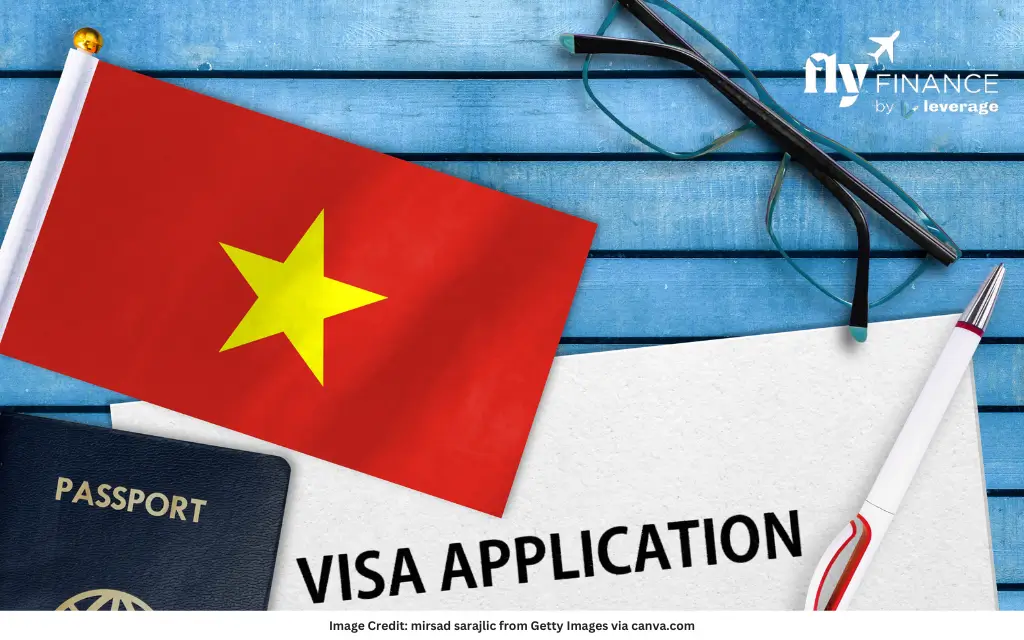

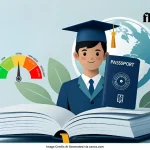


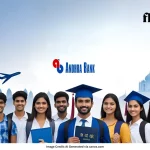






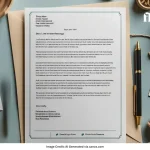



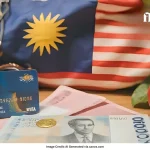
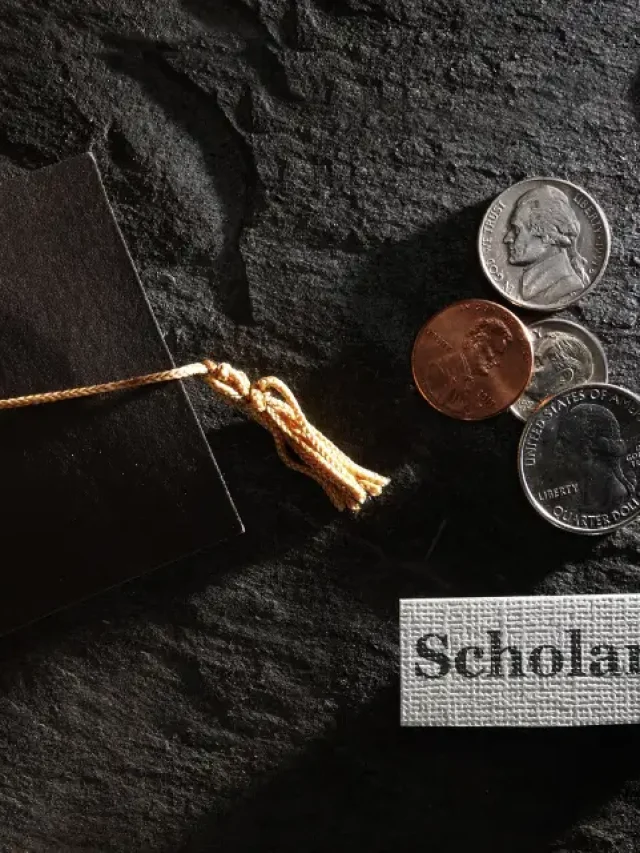

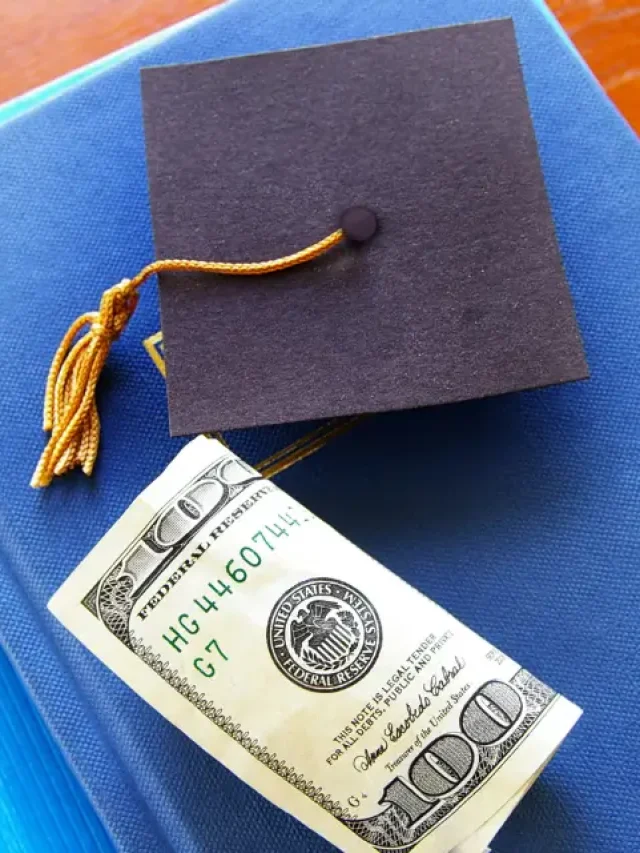
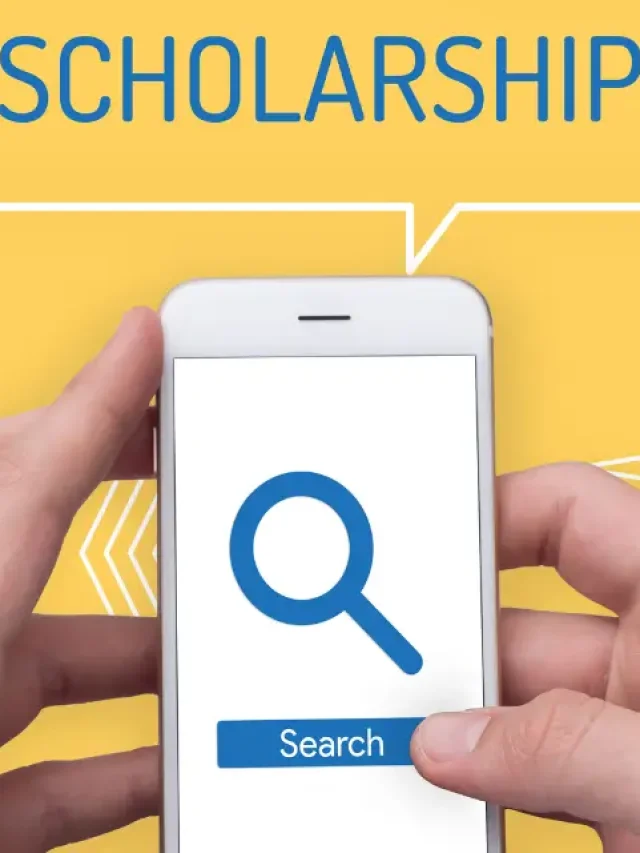
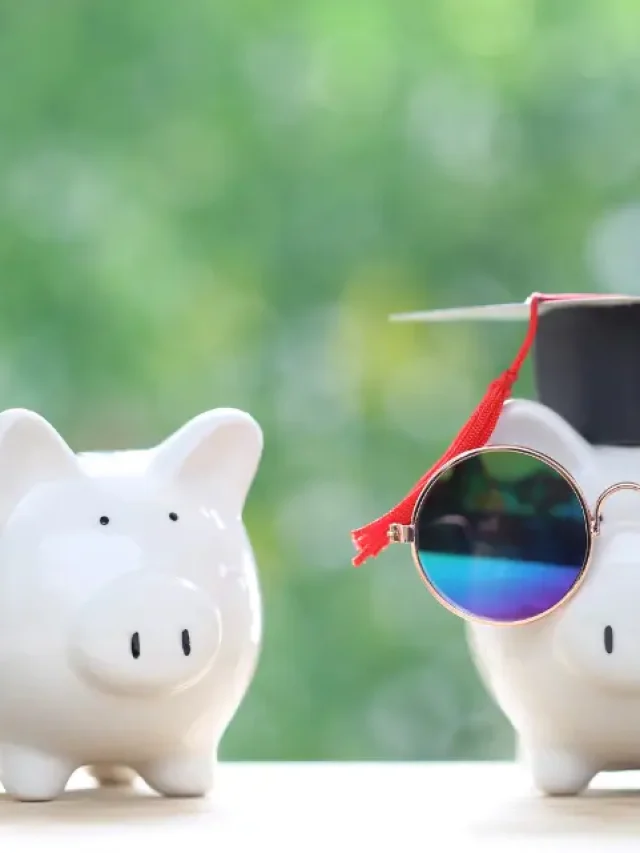
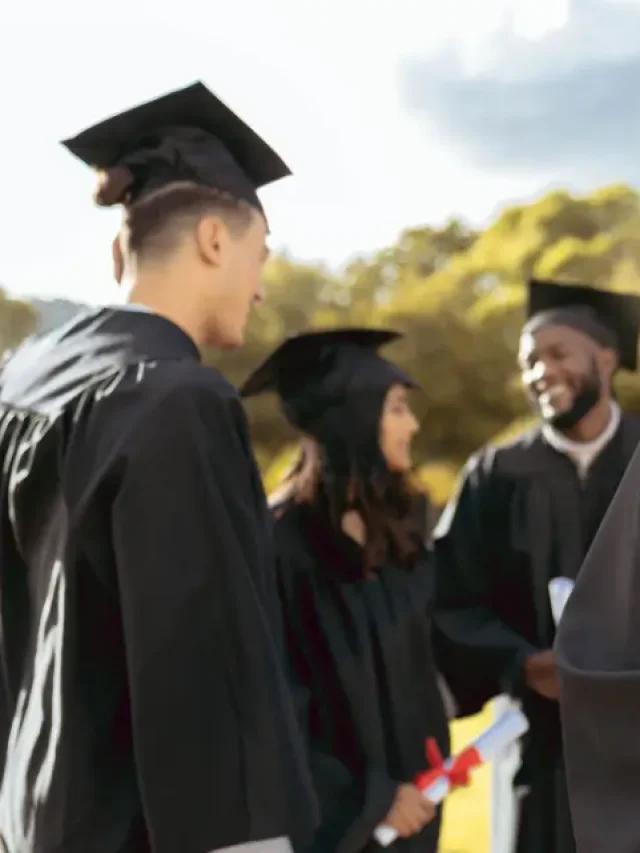

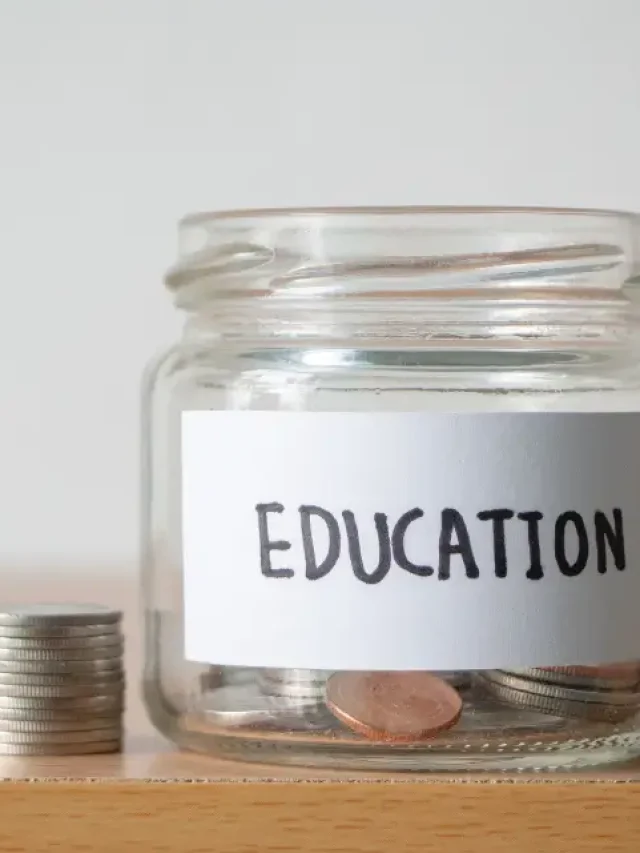
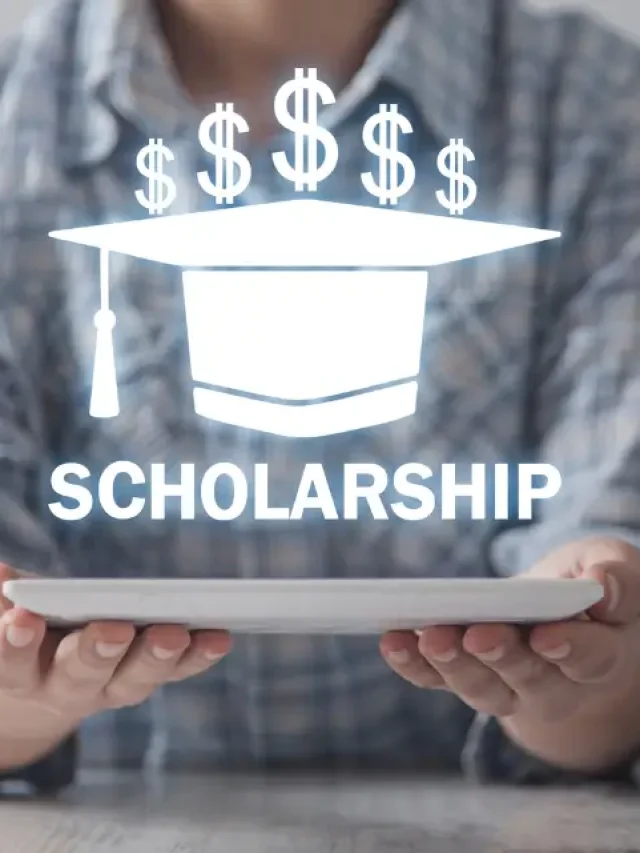
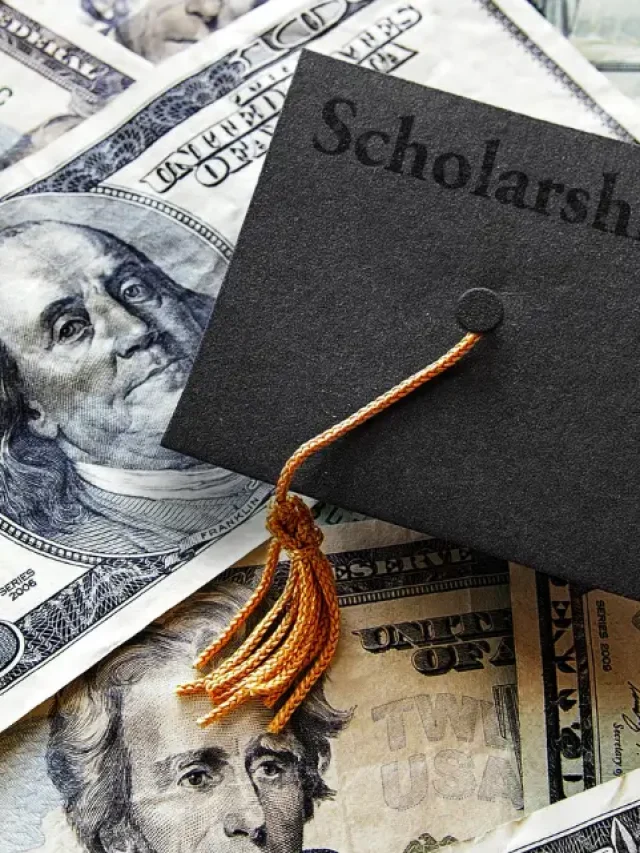

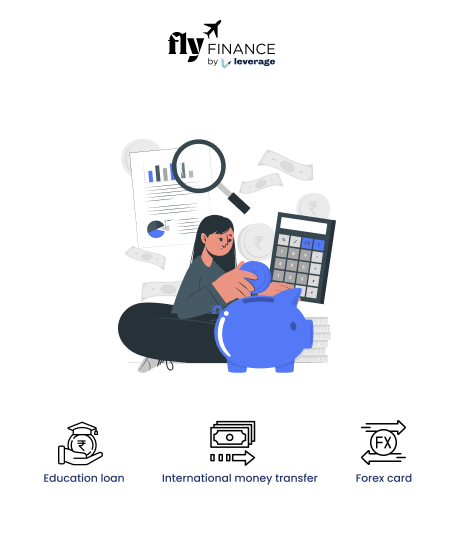
Great post! The insights shared are incredibly helpful and provide a fresh perspective on the topic. Looking forward to more of your content!”